Japan 1185 to 1868

Figure 1. In 1274 Kublai Khan launched a force of almost 30,000 troops against western Japan, but violent storms drove his ships back to their bases. Seven years later a second expedition (shown here) landed in Kyushu. Well-organised resistance, stone defences and gales combined to repel the invaders. There were fears of a further onslaught, but in 1294 Kublai Khan died and his preparations were abandoned.
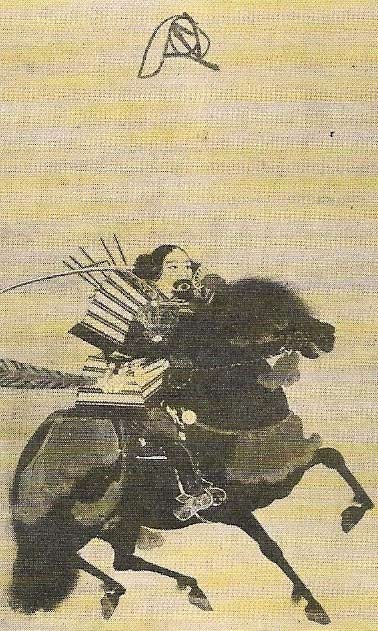
Figure 2. Ashikaga Takauji (1305–1358) supported the Emperor Daigo II I destroying the Kamakura military government. Later he drove the emperor from his capital and made himself shogun in 1338.
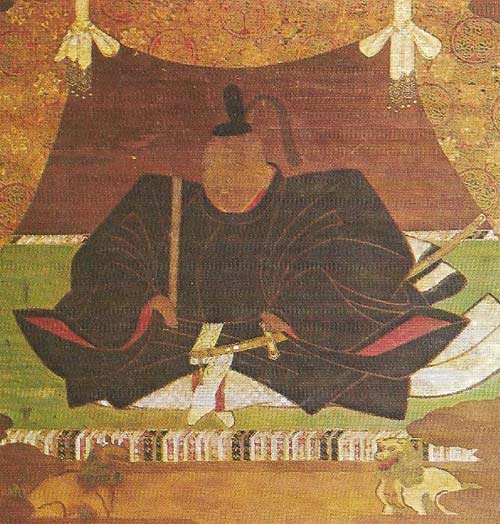
Figure 3. Tokugawa leyasu (1543–1616) was the son of a middle-rank lord who rose to become political master of Japan. After serving as a successful general under Nobunaga and Hideyoshi, he destroyed his rivals at the battle of Sekigahara. In 1603 he became shogun and proved to be an astute and determined politician. He limited the power of the emperor and his regime continued utilize 1868.
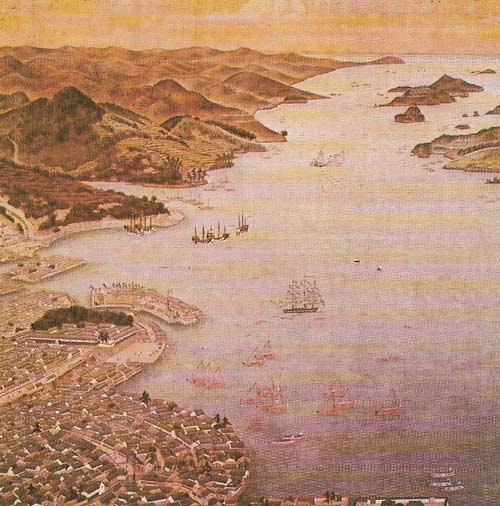
Figure 4. After 1641 under the Tokugawa regime all Dutchmen trading with Japan were confined to the island Deshima, Nagasaki (shown here), and their wives and children were forced to leave the country. Throughout the centuries, this small, secluded group of Dutch merchants provided Japan's only link with the West and supplied much vital information. Japanese scholars studied science from Dutch publications.
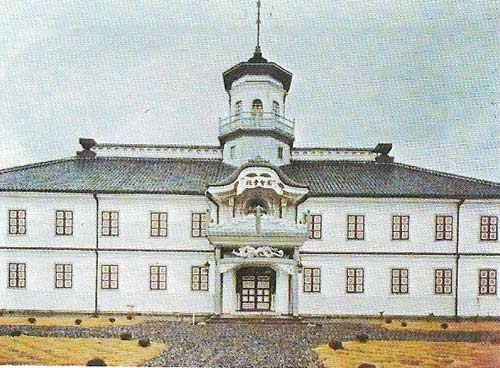
Figure 5. The Tokugawa period (1600–1868) saw a growth in education and literacy. Village schools. Such as this one at Okayama, gave a simple education to children from backgrounds other than the samurai.
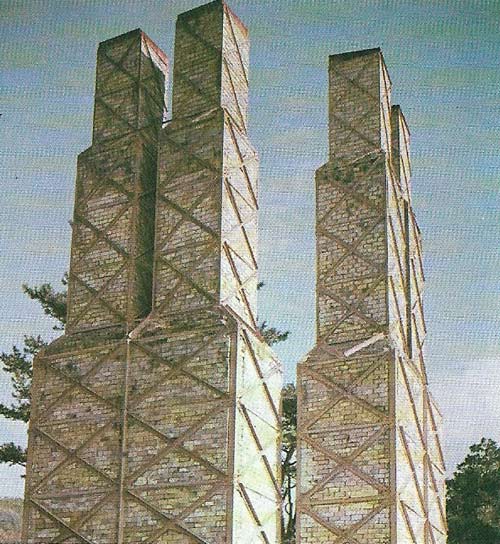
Figure 6. Following the forced opening up of Japan in 1854, the Tokugawa government feared a Western invasion and ordered the construction of this furnace at Nirayama to produce European-style artillery, an example of military modernisation.
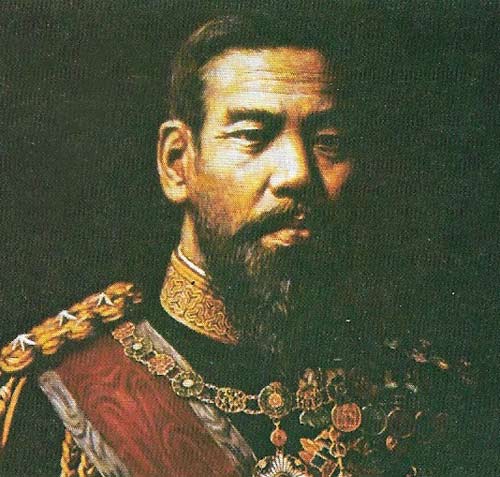
Figure 7. The Emperor Mutsuhito (1852–1912), aged only 16 at the time of the Meiji restoration (1868), played an important role in symbolising its legality. In later years he was a focus for national unity and supported policies of modernisation, he moved his court to Edo, which he renamed Tokyo.
In 1185, following five years of civil war, Minamoto Yoritomo ruled much of Japan from his headquarters at Kamakura. In Kyoto the emperor reigned, but effective power lay in the hands of the Minamoto house which had defeated the previous ruling family, the Fujiwara.
The new Japanese rulers
In 1192 the emperor recognized this new reality. Yoritomo was made shogun (general), as head of the military class, and his followers were rewarded with further rights in land at the expense of their defeated enemies. Some became military governors of distant provinces, others supervised tax collection on the estates of imperial courtiers. On these foundations Yoritomo created a practical and efficient administration which gradually but inevitably eroded the basis of imperial power.
This new power produced a new spirit and a new culture. Warriors (samurai) rejected the ceremonial of established Buddhist sects and turned to simpler, more austere, forms of religion. Zen temples were built in Kamakura. A new Buddhism was preached and the scriptures were translated into Japanese.
In 1221 this dynamic government defeated an imperial revolt against its authority. Fifty years later it overcame a greater challenge from Asia. In 1274 and 1281 the vast Mongol armies of Kublai Khan (Figure 1) invaded Japan but effective defenses and the power of the "divine wind" (kamikaze) repulsed these expeditions.
In time, jealousy and hatred of the Hojo grew and in 1333 Ashikaga Takauji joined Emperor Daigo II in destroying their power (Fig 2). The emperor then tried to reestablish his authority but the Ashikaga resented their poor rewards and in 1336 Takauji drove Daigo II from Kyoto, replacing him with a puppet. Two years later he became shogun.
The long civil war
By 1467 the rising economic and military strength of the great provincial houses was uncontrollable. As the shoguns grew weaker civil war broke out and continued for a hundred years. In this unrest, Europeans first reached Japan and began to influence its domestic politics. In 1543 the Portuguese arrived and soon Jesuits began to spread their missionary activities.
When Oda Nobunaga (1534–1582) began the task of unification, religious and secular forces obstructed his advance. In 1571 he destroyed the temples of monastic armies and two years later extinguished the power of the Ashikaga line. In 1582 he was assassinated in Kyoto but his chief commander Toyotomi Hideyoshi (1537–1598) continued his campaign. Soon Hideyoshi dominated Japan and threw his armies against Korea. His death ended these adventures and left Tokugawa Ieyasu supreme at home. Ieyasu officially became shogun in 1603 and sought to establish peace throughout Japan.
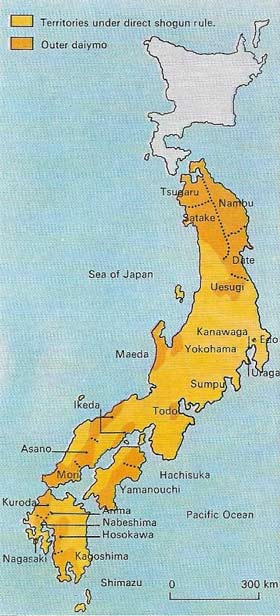 |
| Following his victory at Sekigahara (1600), Ieyasu redrew the political map of Japan to reduce possible threats to his supremacy. Eighty-seven families lost all their lands. As a result the territory of leyasu and his allies was increased and concentrated in central Japan. Traditional enemies were relegated to outer provinces. With minor adjustments, these boundaries survived until 1868. |
Like his predecessors. Ieyasu re-measured lands and regulated taxes. He relegated his enemies to outer provinces and concentrated his allies in central Japan. Fortifications were controlled and spies recruited. Lords or their families were compelled to reside at his new capital of Edo (later Tokyo). Confucianism became the official ideology to create a comprehensive social philosophy from the samurai code of conduct (bushido) and society was modeled on an agrarian ideal. Warriors were a privileged elite, farmers next in importance; craftsmen and merchants of lowest esteem. Ieyasu's successors developed his policies (Fig 4, 5). They also suppressed Christianity and restricted foreign trade in the interest of political stability. A few Dutch (Figure 4) and Chinese merchants resided at Nagasaki but no Japanese could go abroad.
The nineteenth century
One result of the Tokugawa peace was commercial growth, undermining samurai power. On several occasions after 1700 the shogun's government tried to solve this problem by returning to the principles of Ieyasu. Austerity was encouraged and officials dismissed. More land was cultivated and townsmen were urged to return to their villages. Merchants made forced loans to warriors and censorship increased. None of these measures was successful for very long.
Parallel with this growing domestic crisis, Japan faced increasing threats from the Western powers. At first foreign ships were driven off and seclusion maintained, but this could provide no lasting solution. In 1853 Commodore Matthew Perry (1794–1858) led a US naval squadron to the Japanese coastline and demanded stores and an opening up of diplomatic relations. After a year's delay his requests were granted and agreements were made with other powers.
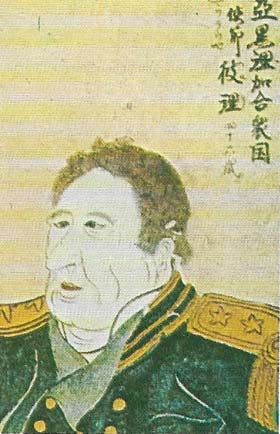 |
| In July 1853 Perry's naval squadron arrived off Japan to demand the ending of isolation. These talks were unsuccessful but in 1854 Perry returned to sign Japan's first modern treaty. |
From 1859 the Western powers traded at Yokohama, Hakodate and Nagasaki and diplomatic contacts increased. The Tokugawa made more agreements with foreign powers but many Japanese feared colonization. Foreigners were murdered and warships brought destructive retribution. A sense of national crisis covered Japan. The Tokugawa built warships and cannons and began modernization (Fig 6). Yet their measures seemed insufficient for national survival. For centuries the emperors had reigned, mainly as figureheads, from their court at Kyoto; now many turned to the emperor for inspiration and in January 1868 warriors from the western provinces restored his power (Figure 7). The Tokugawa era was at an end; a modern imperial age had begun.
